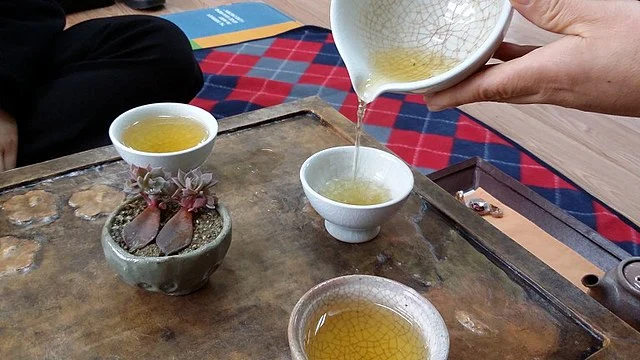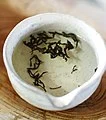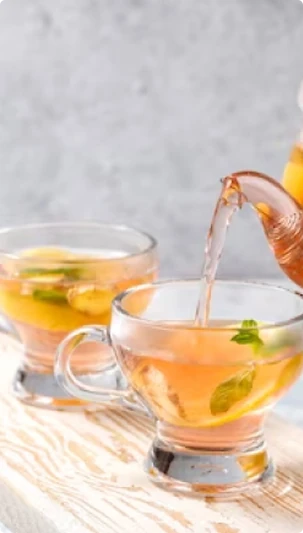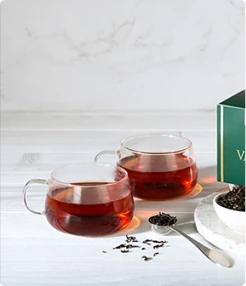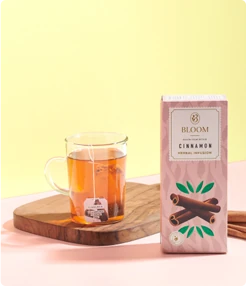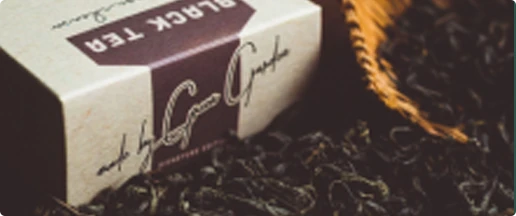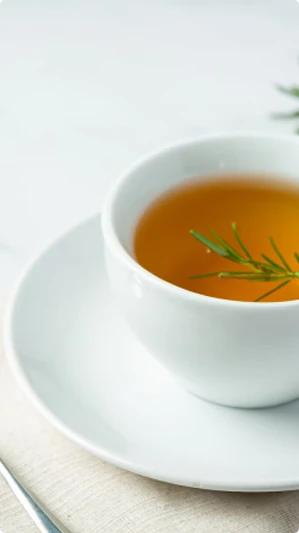
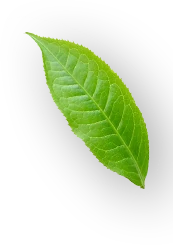
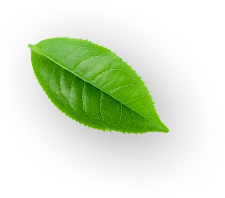
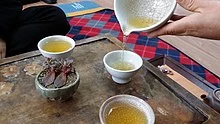
It is an increasingly rare and expensive variety of tea.[3]: 58 The process for making yellow tea is similar to that of green but with an added step of encasing[further explanation needed], or sweltering,[a] this also gives the leaves a slightly yellow coloring during the drying process.[3]: 32 Yellow tea is often placed in the same category with green tea due to its light oxidation. One of the primary aims of making yellow tea is to remove the characteristic grassy smell of green tea.
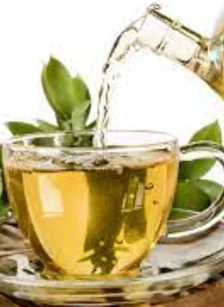
In Korean tea terminology wherein domestic tea is categorized mainly as either green tea (nokcha; 녹차) or fermented tea (balhyocha; 발효차) – "fermented" practically meaning "oxidized" with this term[6] – "yellow tea" (hwangcha) is used to denote lightly oxidized balhyocha without implications of processing methods or a result that would qualify the tea as "yellow tea" in the Chinese definition.[6] Unlike Chinese huángchá,
Korean hwangcha is made similarly to oolong tea or lightly oxidized black tea, depending on who makes it – the key feature is a noticeable but otherwise relatively low level of oxidation which leaves the resulting tea liquor yellow in color.[citation needed]
